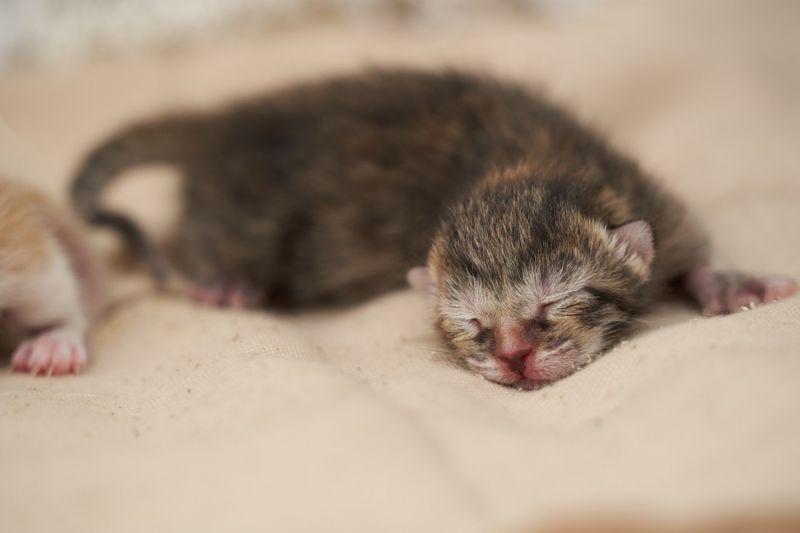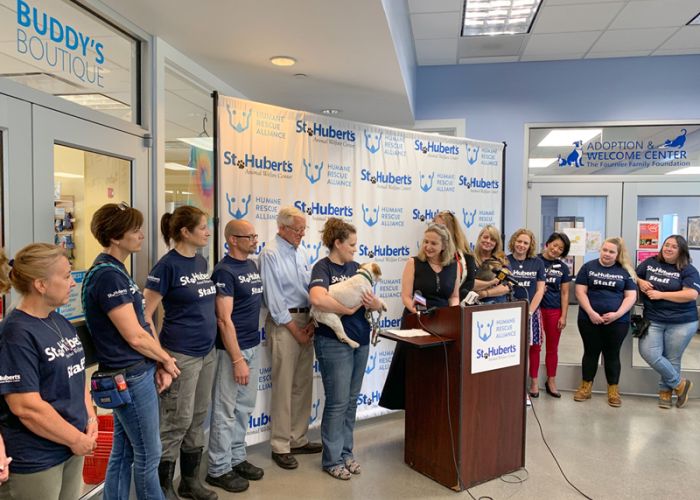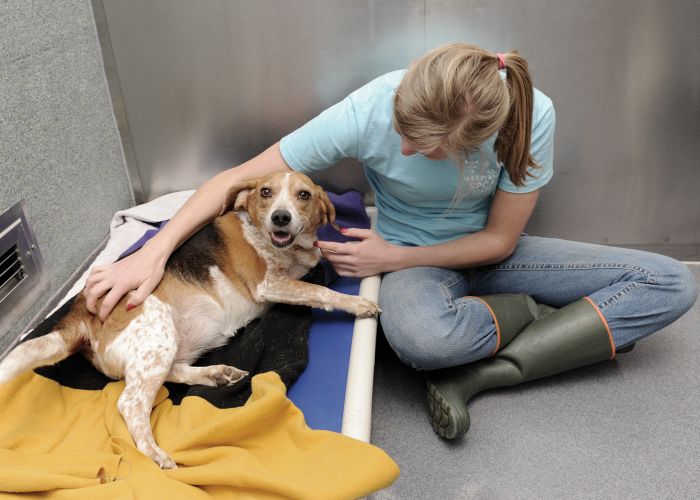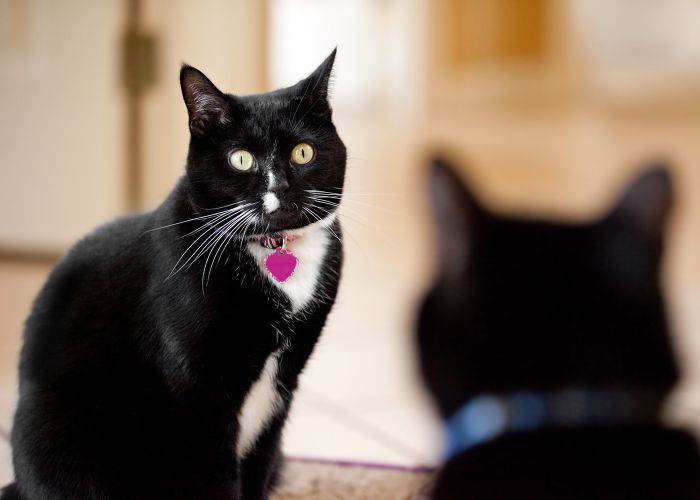Itty bitty kitty apprentices
Animal professionals learn from Humane Society Silicon Valley kittens

It was so crazy it just might work: Around five years ago, Humane Society Silicon Valley in California decided to stop housing kittens in its nursery … so it could care for more kittens.
“In-house, we had a whole fleet of volunteers who would come in and clean the babies and feed them and socialize them, but we had to turn kittens away from the program,” explains Christie Kamiya, the shelter’s chief of shelter medicine. At the time, HSSV housed around 400 kittens a year, but “we wanted to pretty much take any kitten that came through our doors.”
And so the shelter’s marketing team got to work recruiting hundreds of new kitten fosters while in-house volunteers were retrained in medical protocols and behavioral training techniques. Within two years, the kitten nursery was practically empty, with the exception of mother cats and “hissy, spitty kitties” needing behavior help, says Kamiya.
Since then, around 2,000 kittens a year have benefited from HSSV’s combination approach—and thanks to a Maddie’s Fund grant, Kamiya and others at the shelter have been able to teach animal professionals from around the country strategies for their own tiny, at-risk populations through a kitten apprenticeship program.

As of late 2018, staff from 24 shelters had completed the five-day kitten apprenticeship training at HSSV. A typical apprenticeship starts on a Sunday, says Kamiya, which allows participants to arrive in time for the shelter’s weekly kitten foster parent training.
“Over the course of those five days, [apprentices] will take the path of a kitten through our shelter,” she says, including spending time with intake staff and joining the shelter’s regional rescue team to pull kittens from partner shelters.
Depending on the week, apprentices might also attend HSSV’s cross-functional meetings, where the foster team coordinates with medical and adoption teams. “There’s a lot of interdepartmental communication that goes on and collaboration that goes on to get these babies adopted,” says Kamiya, adding that the foster team is “constantly” coordinating kittens coming in and out of the shelter. “[Apprentices] get a complete overview of what’s happening behind the scenes.”
“One of the best experiences I was fortunate enough to be a part of was transferring ringworm kittens from San Jose to HSSV,” says Aggie Aguila, operations and finance manager at the Animal Welfare League of Charlotte County, Florida, who completed her kitten apprenticeship in August 2017. HSSV treats ringworm in-house and will even transfer in at-risk kittens from other shelters. Notably, the shelter’s ringworm treatment protocol is entirely volunteer-run.
Kamiya says volunteers also run the “kitten vaccination station,” for healthy kittens, “sort of like a satellite medical center where [kitten fosters] can go on a walk-in basis during open hours every day” for vaccines, deworming, food, supplies and weigh-ins. Apprentices get to know these all-star volunteers and “get completely immersed in how our program is run.”
“Since returning from this apprenticeship, we have implemented a program to treat cats with suspected and confirmed ringworm. Previously, our shelter euthanized cats with ringworm, so this is a substantial positive change for the cats [and] kittens in our care,” Aguila says, adding that the League has also strengthened its volunteer program after seeing how HSSV successfully engages volunteers in important roles like socialization, daily care and medical treatment.
Feline rescue coordinator Samantha Burgin at Front Street Animal Shelter in Sacramento, California, explains that while Front Street already has a robust foster program, she was encouraged to see that many of HSSV’s techniques aligned with what Front Street was already doing. As the sole person overseeing a foster program that cares for 3,500 kittens a year, Burgin says she’s going to update the shelter’s foster mentor program and foster vaccine clinic as a result of her apprenticeship.
“We’re going to evaluate kittens coming into the shelter a little better,” she says, which she hopes will increase the number of kittens Front Street can assist and help her pinpoint areas where the shelter should focus spay/neuter efforts.
Crystal Wiggins, an animal services assistant with Madera County Animal Shelter in California, apprenticed alongside Burgin. “I was really excited to learn how organized all of the other groups were with their foster programs,” she says. “I’m trying to get more organized with our foster coordinator to really have some structure with our fosters [and] move them in and out easier and quicker.”
That’s another benefit of the apprenticeship program, says Kamiya. It allows shelter staffers from around the country to connect with other groups and learn from one another, as well as HSSV.
“We’re not advocating for apprentices to come in and replicate our programs. What we’re doing is presenting the way that we dealt with those problems and how we [went] about creating solutions for those problems,” explains Kamiya. “The idea is that by being here, they’ve just expanded their network.”







